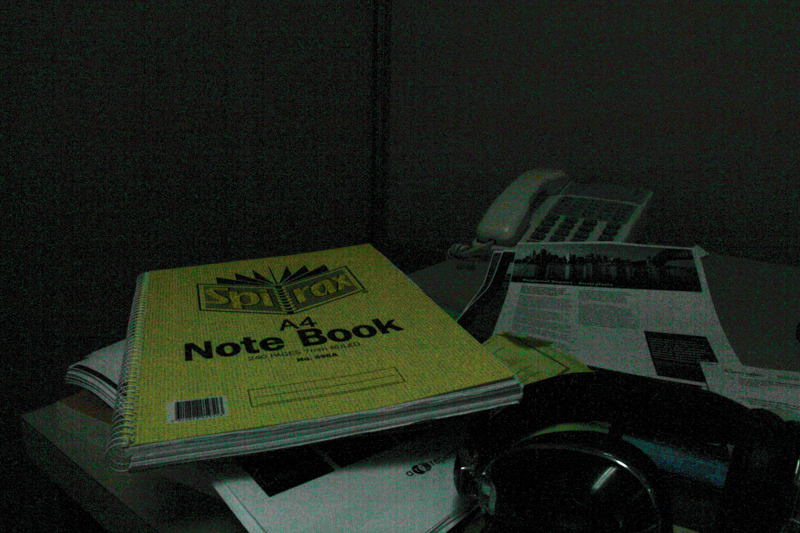After I switched to digital, I quickly gave up trying to 'come up with' a list of settings like: "If it's bright and sunny, then...","If it's not so bright, then...", etc. Instead, I take a 'lazy mans' approach and let the camera tell me what IT wants to do. I take a 'sample' picture with whatever settings happen to be in the camera and look at the results in the LCD. Too dark? Slow down the shutter/use a wider aperture (lower f-stop number)/use faster ISO...or any combination of them. Take another test shot. Repeat as needed. Too bright? Faster shutter/smaller aperture/slower ISO...you get the idea. Using the histogram of the photograph is also very usefull to determine if the highlights are 'blown out' (overexposed) or the darks have no detail (underexposed).
It all comes down to understanding the exposure triangle and the effects of changing each of the settings. Wider apertures produce smaller depth of field, smaller apertures, bigger DOF. Too slow a shutter speed will result in blurring due to subject and/or camera movement. Too high an ISO will result in unaccepatable noise in the picture. Rather than thinking about specific setting combinations, I simply think in terms of 'more or less of this, more or less of that, and perhaps a little more or less of the other thing'. Depending on what general results I hope to get, "this", "that", and "the other thing" are the three parts of the exposure triangle..."This" may be f-stop for one shot, but ISO on another, "That" may shutter speed on one shot, or f-stop on another, etc.
The 'trick' of the exposure triangle is finding the right COMPROMISE between the settings to achieve the desired result. Opening up the aperture on a 'fast' lens to f2.0 to get a thin DOF for example, will immediately over-expose the photograph unless I compensate by using a faster shutter speed and/or slower ISO speed. While many photographers think in terms of 'stops' (eg, increasing the aperture 2 full f-stops requires 2 stops faster shutter speed to get same exposure), I simply think 'smaller', or 'larger', or 'slower', or 'faster'. The clicks on the adjustment wheels help, but I look at the LCD after I take the shot, and if I need, adjust again and take another shot. This method saves this old-guy from having to remember ANYTHING about specific exposure requirements...I simply shoot, look at the LCD, and make an informed decision of what to adjust 'somewhat' to get the correct exposure.











![[No title]](/data/xfmg/thumbnail/32/32710-b10dfc8ee698235cdc1e7572139173e8.jpg?1734162313)



![[No title]](/data/xfmg/thumbnail/38/38730-0f6fd79e998043b63de6b52823a5916a.jpg?1734172599)

